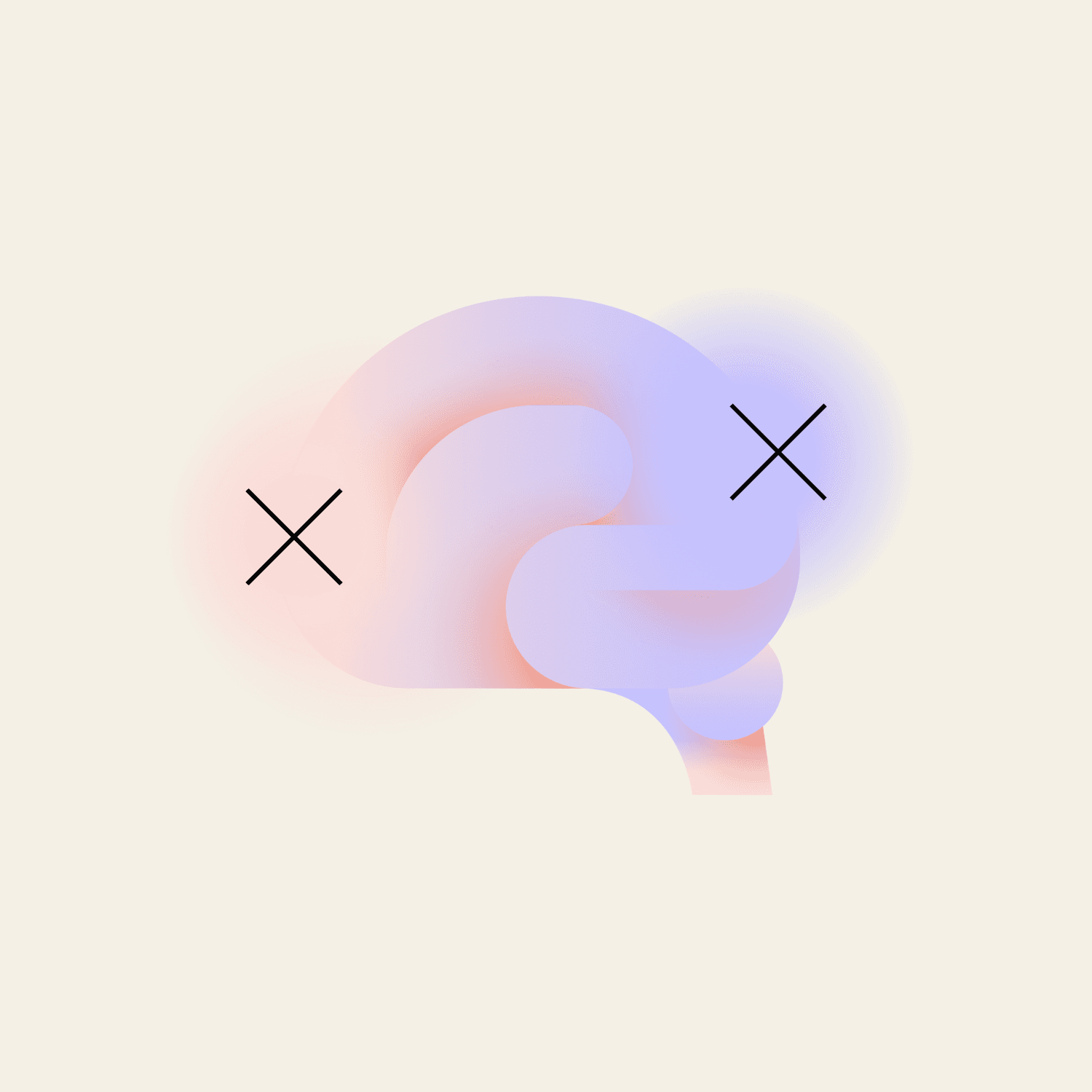If you’ve been noticing new or worsening joint stiffness, aches, or discomfort, particularly in your knees, hips, shoulders, or hands it could be related to the hormonal changes of perimenopause and menopause.
This is a well-recognised phenomenon often called menopausal arthralgia. Research shows that more than half of women experience some form of musculoskeletal pain during this stage, and in some studies the figure is closer to 70%. For around a quarter of women, symptoms can be severe enough to disrupt daily life.[1,2]
What is menopause joint pain?
Joint and muscle symptoms linked to menopause are thought to arise from the decline in oestrogen. This can lead to:
- General musculoskeletal pain[1]
- Joint pain and stiffness (arthralgia)[3]
- Loss of lean muscle mass (sarcopenia)[3]
- Reduced bone density, which raises the risk of fractures[3]
Some women also notice tendon or ligament problems, frozen shoulder (adhesive capsulitis), or worsening cartilage health, which may contribute to osteoarthritis.[4] Pain may show up as stiffness, swelling, soreness, or aching, often worse in the morning or after sitting still. Commonly affected areas include knees, hips, neck and shoulders, hands and fingers, and the lower back. This isn’t just “wear and tear.” If joint pain appears or worsens around perimenopause or menopause, hormones are likely part of the picture.
Can menopause cause joint pain?
Hormonal changes during menopause, especially falling oestrogen levels, can cause or worsen joint problems.
Oestrogen has anti-inflammatory properties and helps protect joint and bone tissue. As levels decline, joints can become:
- More inflamed[5]
- Less lubricated, with increased friction[6]
- Slower to repair[5]
That’s why many women in midlife suddenly experience new or worsening joint stiffness during menopause.
What does menopause joint pain feel like?
It’s different for everyone, but many women report:
- Aching or throbbing joints
- Morning stiffness that eases as the day goes on
- Swelling around joints
- Clicking or grinding sensations
- A general feeling of being less mobile or more fragile
For some, the pain is mild but persistent. For others, it can interfere with work, exercise, or sleep. Hip joint pain in menopause is particularly common and can affect walking and posture.
How to treat menopause joint pain
There's no one-size-fits-all approach, but there are multiple strategies you can use on their own or in combination to improve menopause joint pain and stiffness.
Hormone replacement therapy
Many women find that hormone replacement therapy (HRT) does help reduce joint pain by restoring oestrogen levels and reducing inflammation [7]. If your pain appeared alongside other menopause symptoms, HRT could be part of the solution.
Exercise
Movement might be the last thing you feel like doing when you’re in pain. However, the right type of exercise can improve joint flexibility, reduce stiffness and support your overall mobility by maintaining the strength of your bones and muscles [8]. Finding what works, such as yoga, walking, strength training, or swimming, can help support your joints without stress.
Relaxation
Whether it’s CBT, mindfulness, deep breathing, guided visualisation, reading or simply listening to calming music, relaxation techniques can help calm the nervous system, reduce stress hormones and ease pain perception [9]. One study found that mindfulness meditation reduced pain unpleasantness by 57% and pain intensity ratings by 40% when compared to rest alone [10]. The key is consistency and finding what works for you.
Diet
Food plays a bigger role than most of us realise. A diet rich in anti-inflammatory foods (like oily fish, leafy greens, berries and healthy fats) can help ease joint pain. Calcium and vitamin D are also crucial, not just for joints, but for protecting your bones as oestrogen declines [11].
Menopause joint pain relief
Some women benefit from pain relief, such as paracetamol or ibuprofen, heat therapy, or physiotherapy to manage menopause joint pain, especially if they experience periods of pain flare-up. You can speak to your GP about pain relief options based on your symptoms, areas of pain, and severity of pain.
Common Questions Answered
Will joint pain from menopause go away?
For many women, joint pain improves once hormones stabilise post-menopause or with HRT. Lifestyle changes also make a big difference. You don’t have to live with pain long-term.
Can menopause cause osteoporosis?
Oestrogen plays a vital role in bone density, and its decline can lead to osteoporosis, a condition where bones become weaker and more prone to fracture.
While osteoporosis itself doesn’t cause joint pain, it can increase the risk of fractures, inflammation and posture-related joint stress, which can all contribute to pain [12].
Wright, Vonda J., et al. “The Musculoskeletal Syndrome of Menopause.” Climacteric
Magliano, Maria. “Menopausal Arthralgia: Fact or Fiction.” Maturitas
Khadilkar, Seema S., et al. “Musculoskeletal Disorders and Menopause.” Journal of Midlife Health
Duke Health (via Physio Blog). Jocelyn Wittstein Study Connects Estrogen and Frozen Shoulder in Menopausal Women. Duke Orthopaedic Research
Roman‑Blas, José A., et al. “Osteoarthritis Associated with Estrogen Deficiency.” Arthritis Research & Therapy
Zhao, Huazhang, et al. “The Mechanism by Which Estrogen Level Affects Knee Osteoarthritis.” International Journal of Molecular Sciences
Fenton, A. J. "Estrogen, Menopause and Joints." Climacteric
Geraci, Annalisa, et al. "Sarcopenia and menopause: the role of estradiol." Frontiers in endocrinology
Marta Martín-Millán and Santos Castañeda. “Estrogens, Osteoarthritis and Inflammation.” Joint, Bone and Spine
Capel-Alcaraz, Ana María, et al. "The efficacy of strength exercises for reducing the symptoms of menopause: a systematic review." Journal of clinical medicine
NIH Osteoporosis and Related Bone Diseases National Resource Center. Osteoporosis Overview
National Institute for Health and Care Excellence (NICE). Menopause: diagnosis and management (NG23)



